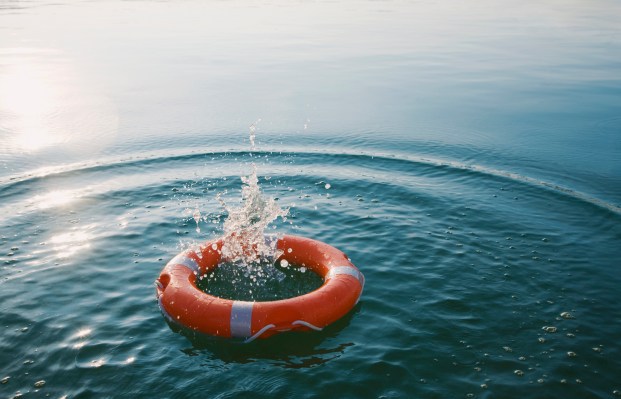How you react when your systems fail may define your business - 4 minutes read
 How you react when your systems fail may define your business – TechCrunch
How you react when your systems fail may define your business – TechCrunchJust around 9:45 a.m. Pacific Time on February 28, 2017, websites like Slack, Business Insider, Quora and other well-known destinations became inaccessible. For millions of people, the internet itself seemed broken.
It turned out that Amazon Web Serviceswas having a massive outage involving S3 storage in its Northern Virginia datacenter, a problem that created a cascading impact and culminated in an outage that lasted four agonizing hours.
Amazon eventually figured it out, but you can only imagine how stressful it might have been for the technical teams who spent hours tracking down the cause of the outage so they could restore service. A few days later, the company issued a public post-mortem explaining what went wrong and which steps they had taken to make sure that particular problem didn’t happen again. Most companies try to anticipate these types of situations and take steps to keep them from ever happening. In fact, Netflix came up with the notion of chaos engineering, where systems are tested for weaknesses before they turn into outages.
Unfortunately, no tool can anticipate every outcome.
It’s highly likely that your company will encounter a problem of immense proportions like the one that Amazon faced in 2017. It’s what every startup founder and Fortune 500 CEO worries about — or at least they should. What will define you as an organization, and how your customers will perceive you moving forward, will be how you handle it and what you learn.
We spoke to a group of highly-trained disaster experts to learn more about preventing these types of moments from having a profoundly negative impact on your business.
Reliability and uptime are so essential to today’s digital businesses that enterprise companies developed a new role, the Site Reliability Engineer (SRE), to keep their IT assets up and running.
Tammy Butow, principal SRE at Gremlin, a startup that makes chaos engineering tools, says the primary role of the SRE is keeping customers happy. If the site is up and running, that’s generally the key to happiness. “SRE is generally more focused on the customer impact, especially in terms of availability, uptime and data loss,” she says.
Companies measure uptime according to the so-called “five nines,” or 99.999 percent availability, but software engineer Nora Jones, who most recently led Chaos Engineering and Human Factors at Slack, says there is often too much of an emphasis on this number. According to Jones, the focus should be on the customer and the impact that availability has on their perception of you as a company and your business’s bottom line.
“It’s money at the end of the day, but also over time, user sentiment can change [if your site is having issues],” she says. “How are they thinking about you, the way they talk about your product when they’re talking to their friends, when they’re talking to their family members. The nines don’t capture any of that.”
Robert Ross, founder and CEO at FireHydrant, an SRE as a Service platform, says it may be time to rethink the idea of the nines. “Maybe we need to change that term. Maybe we can popularize something like ‘happiness level objectives’ or ‘happiness level agreements.’ That way, the focus is on our products.”
Companies go to great lengths to prevent disasters to avoid disappointing their customers and usually have contingencies for their contingencies, but sometimes, no matter how well they plan, crises can spin out of control. When that happens, SREs need to execute, which takes planning, too; knowing what to do when the going gets tough.
Source: TechCrunch
Powered by NewsAPI.org
Keywords:
TechCrunch • Pacific Time Zone • Slack (software) • Business Insider • Quora • Internet • Amazon.com • World Wide Web • Northern Virginia • Data center • Amazon.com • Autopsy • Netflix • Chaos theory • Engineering • System • Tool • Company • Problem solving • Amazon.com • Wealth • Chief executive officer • Organization • Customer • Site reliability engineer • Gremlin • Engineering • Tool • Availability • Uptime • Uptime • High availability • Availability • Software engineering • Norah Jones • Chaos theory • Engineering • Human factors and ergonomics • Perception • Triple bottom line • Money • Thinking About You (Whitney Houston song) • Robert Ross (British Army officer) • Something Like Happiness • Goal • Product (business) • Company • Special Report on Emissions Scenarios •